What is rubber lining?
Rubber lining is a rubber sheet or rubber film that is expertly applied and bonded to a specially prepared surface. Rubber can be used as an unvulcanized material and then vulcanized and thermally bonded (usually in a steam autoclave); Or as a pre vulcanised material cold bonded with a two-part adhesive. The fully bonded lining provides a durable and resilient protective rubber coating that can withstand very aggressive process conditions and applications.
Rubber lining has the ability to protect metal or other substrates from a variety of media. All kinds of rubber lining can not only withstand the corrosion of acid, alkali, inorganic salts and many other organic substances but also has good comprehensive properties, such as elasticity, wear resistance, impact resistance, bending resistance and so on.
What are the materials of rubber lining?
The material of rubber lining can be divided into two categories: natural rubber lining and synthetic rubber lining.
Natural soft rubber linings: Natural soft rubber linings are usually made from various types of poly soft rubber. These rubbers have the characteristics of low hardness, high resilience and flexibility. They are wear-resistant and used as linings capable of absorbing and repelling the effects of the wear forces of the material being treated. They are suitable for slurry tank lining, pipeline lining, pump lining, etc. The natural soft rubber lining is also used for pickling tanks and storage tanks resistant to hydrochloric acid and sulfuric acid solutions. But not suitable for handling strong oxidants.
Hard rubber lining: Ebonite linings are generally made of various types of poly hard rubber. This rubber lining has good flexibility and high impact resistance. Some of these are graphite-based rubber linings, which have excellent chemical resistance at high temperatures, and others are vented vulcanized rubber linings, which are suitable for lining containers and cannot be cured with pressurized steam. These various types of hard rubber linings are suitable for storage tanks, reactors, factories using ion exchange membrane processes, high-temperature pipes, etc.
Synthetic rubber: neoprene rubber, butyl rubber and hypalon rubber, etc
Neoprene lining: Neoprene lining not only has good weather resistance and ozone cracking resistance but also has excellent performance in oil resistance, acid resistance, heat resistance and wear resistance. It is suitable for desalination plants, seawater pipes, tank linings, and site joints of CWP and ships, and is ideal for many industrial and commercial uses. In addition, neoprene lining has a longer service life than any other type of rubber lining, making it a cost-effective long-term choice for long-term projects.
Butyl rubber lining: Butyl rubber has excellent chemical resistance at high temperatures. Due to their low vapor permeability, these rubber linings are also very durable. Therefore, butyl rubber lining is very suitable for acid plants, flue gas desulfurization, hypochlorous acid storage and transportation of containers, and pipelines.
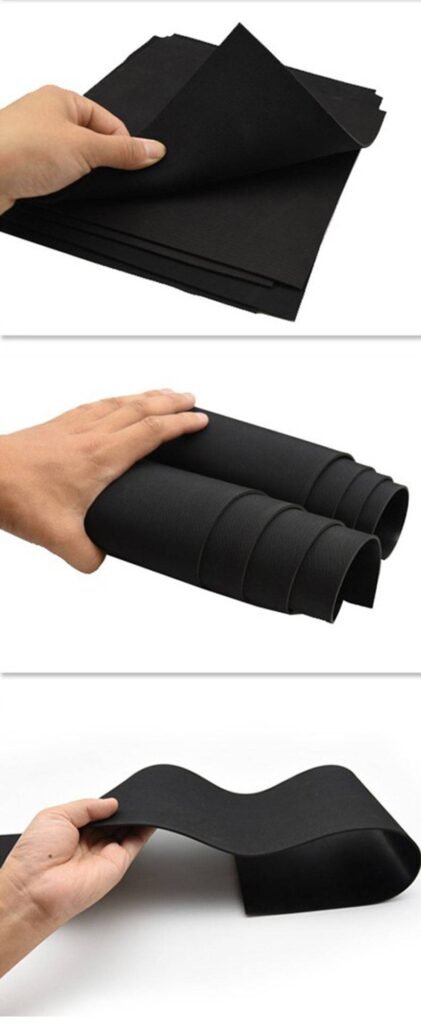
Hypalon rubber linings: They have excellent chemical resistance and are able to withstand high concentrations of oxidizing acids. It is also available in pre-vulcanized form and is ideal for use in containers, pipes and hypochlorite applications with high acid concentrations.
Epdm lining: EPDM has high tensile strength and excellent puncture resistance, UV radiation resistance, weathering resistance and microbial resistance. But not suitable for petroleum-based products. Because EPDM lining is a highly flexible material with a low coefficient of thermal expansion and contraction, it can be applied to a wide range of temperatures and terrains. These properties of EPDM rubber make it suitable not only for linings but also for rubber coatings. As far as EPDM rubber linings are concerned, they are suitable for all types of pond linings, such as decorative ponds, golf course ponds, irrigation ponds, and other water features. It is also suitable for landfill covers, waste water treatment facilities and the linings of fish hatcheries.
Classification of rubber linings
Rubber lining is divided into five types: equipment anti-corrosion lining, ball mill lining, flotation machine lining, pipeline anti-corrosion lining and chimney anti-corrosion lining. The anti-corrosion lining can be divided into heated vulcanized rubber lining, natural vulcanized rubber lining, and pre-vulcanized rubber lining.
Heated vulcanized rubber lining: TUnvulcanized lining with rubber sheet with adhesive pasted on the lined equipment, by heating (high-pressure steam, atmospheric steam, hot water, hot air) vulcanization of the formation of the lining. The vulcanized rubber plate is divided into hard rubber, semi-hard rubber and soft rubber according to its hardness.
Natural vulcanized rubber lining: Unvulcanized lining with rubber sheet with adhesive on the lined equipment, at room temperature conditions to complete the vulcanization process formed lining.
Pre-vulcanized rubber lining: The pre-vulcanized lining is a lining formed by affixing a rubber sheet to the lined equipment with an adhesive.
Application of rubber lining:
Mining, quarrying, and aggregate: Used in rubber-lined pipes, sand washing equipment, hoppers, chutes, separators, rollers, and other wear-resistant rubber lining.
Wastewater treatment: Used in rubber-lined containers, pipes, stoichiometric tanks, valves, etc
Tank liner: can be used for rail car tank, pickling tank, oil storage tank, electroplating tank, and bottom tank.
Chemical industry: sodium hydroxide storage tanks, reaction vessels, filtration equipment, etc.
Marine industry: Commonly used wear-resistant rubber lining for cooling pipes, cable pulleys and smoke scrubbers.
Civil engineering: Used for road rollers, compacting plates and cement mixers and chutes.
Manufacturing: The use of rubber lining to achieve chemical resistance, wear resistance, noise reduction, product protection and other purposes.


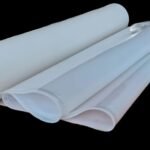
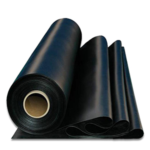
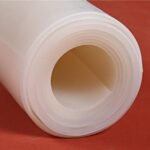
2 回复
Where can I buy butyl rubber linings?
You can contact us via WhatsApp:+86 152 97386860